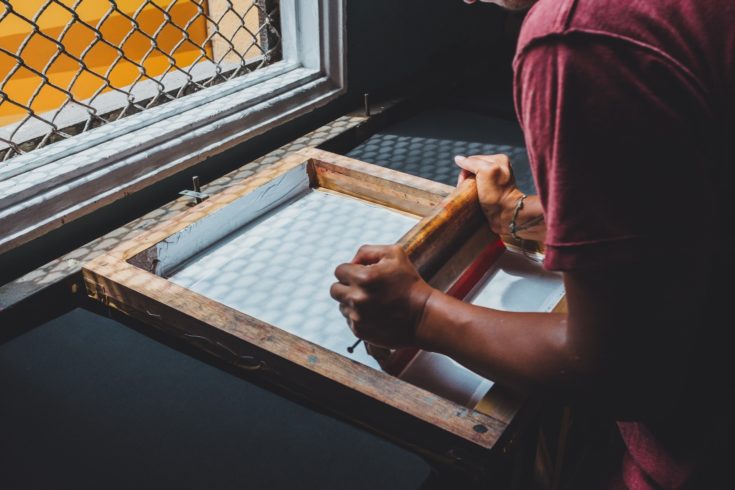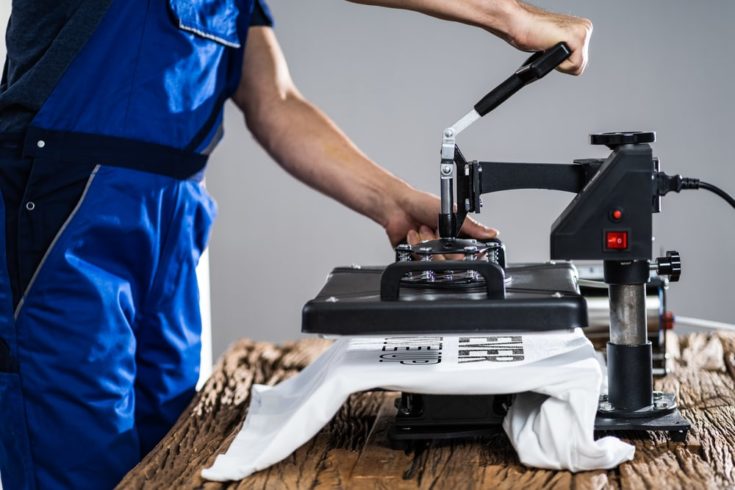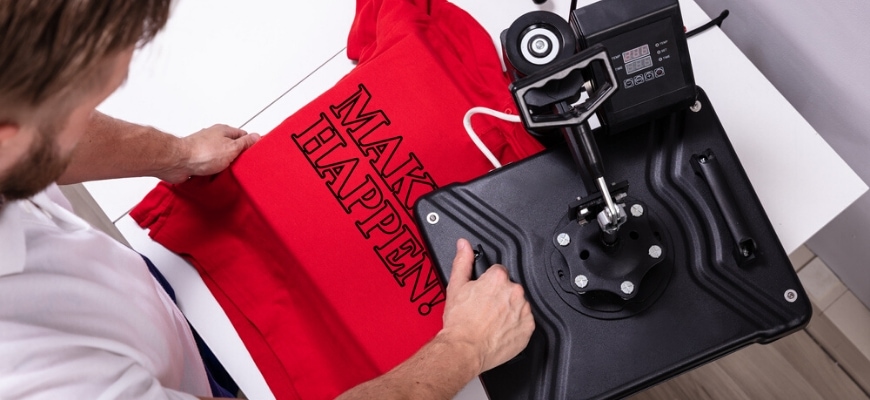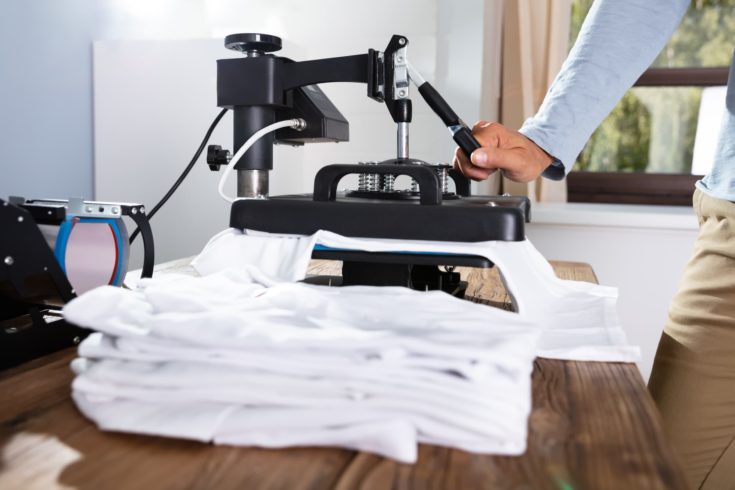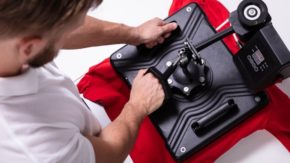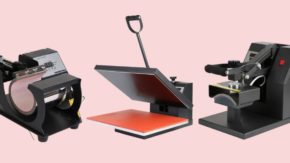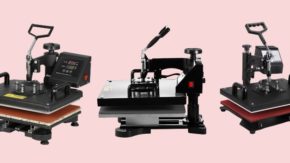Making personalized items is really great. Nothing feels better than wearing a T-shirt with a message or a print that you feel represents you, or drinking coffee from a mug with the favorite motivational quote every morning. Be it tote bags, plates, or yours, people also love gifting personalized items to their dear ones.
Screen Printing Vs. Heat Press Comparisons
| Screen Printing | Heat Press |
|---|---|
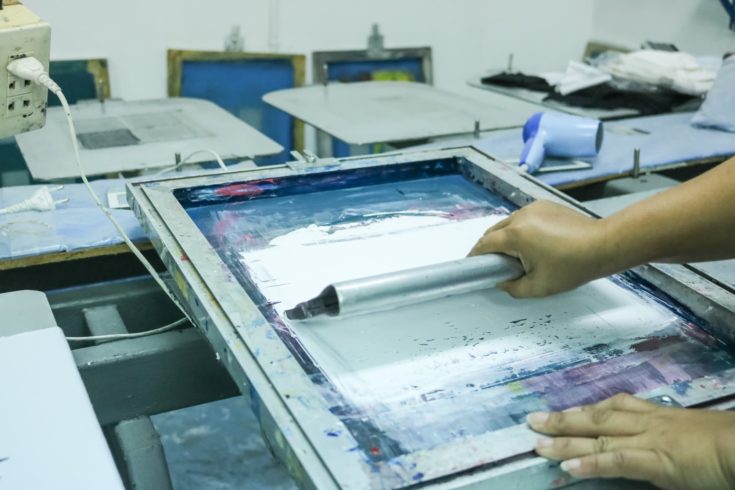 |
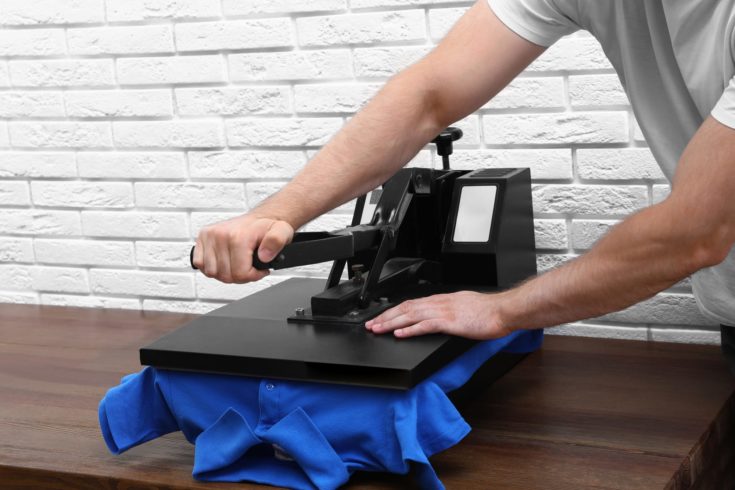 |
|
|
A Closer Look
Choosing between screen print and heating press printing shouldn’t have to be a really tough choice as long as you fully understand the differences between using these two methods. While screen printing can render really high-quality and good results, it takes longer to make the setup to work, while heating press printing, while not of the best quality, is quicker, cleaner, and easier to set up.
Screen Printing
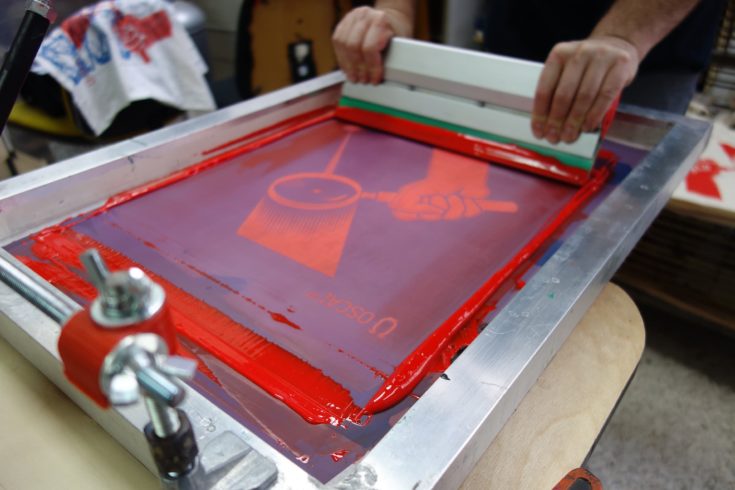
Definition
This way is a really old method that implies transferring ink onto a variety of objects by using special screens that basically act like stencils. Contrary to popular belief, you can use screen print methods to transfer ink on a variety of different surfaces, and not just on fabrics.
However, it is also a very complicated process that implies handling a variety of steps before you can actually start with the ink transfer. You will need products like an emulsion screen (one for each color in the design), emulsion remover, ink thinner, washout booth, etc.
Advantages
Screen print is a really old technique that could make some people see it as outdated. However, it can be a really good solution for producing quality prints that are able to outlast those made with the help of a heat press. Using the popular method is also more advantageous if you’re thinking about mass production because this helps you reduce the production cost per unit.
The stencils that you use to make a specific print can be stored and used at a later time. The results that you get also look better, because the ink penetrates the surface of the fabric or the pores of the material, making the colors more vivid, but also longer-lasting.
Drawbacks
Screen print does have its set of drawbacks, and probably the biggest one of all is the fact that it takes a lot of time to make the initial setup for printing. It requires you to create separate screens for each color that you’ll be using for the final design, plus it takes quite a long time to clean the equipment once you’re done.
If you want to print a design that has a lot of different colors, the process becomes even more complicated. While this kind of printing typically has a low production cost, this cost can go way too high if you use too many colors, which would require setting up more screens. Also, if you’re looking to transfer photographs using this printing method, the quality of the end product will be low.
Heat Press
Definition
Heating press printing is the method that transfers images onto a certain surface by using a machine that has a heating element at its very core. A heat press is ideal in plenty of situations, but it relies on three main factors to render good results: time, temperature, and pressure. What the heat press does is to transfer the image from paper to a certain type of material.
Heat press printing is commonly vinyl or digital. The former case implies using a vinyl cloth that doubles as adhesive in higher temperatures. Granted, this process also needs a machine that can cut vinyl pieces. Digital heat transfer, on the other hand, requires purchasing heat transfer paper and then printing whatever design you want to transfer on that surface. The special solvent ink is then transferred to the customized item using pressure and heat.
Advantages
Heating press machines are really easy to use when compared to screen printing, especially when dealing with some of the top brands. The setup also takes a lower amount of time, and it’s a good transfer method to try if you’re never done this kind of thing before.
If you own a printing business, a heating press doesn’t occupy a lot of space, and it doesn’t make nearly enough of a mess like screen printing does. With heat transfer, you’re mostly working with a few papers and materials, while screen type of printing will require the use of solvents and dyes. Another advantage is the fact that heat press printing allows you to create more complex prints and tackle unique HTV projects.
Also, if you use the right tools and software, the results you can get are pretty amazing and intricate. Buying a heat press doesn’t really cost that much, and there are multifunctional heat presses that come with several presses for making all costs of personalized items.
Drawbacks
However, heat presses aren’t always that cost-effective when compared to screen printing. In the end, you could end up paying more for a bulk printing than if you had chosen screen printing. When you wash away items that have been customized through heat press printing, the prints will fade away faster.
If you iron clothes that have vinyl transfer prints on them, the prints will be damaged. It’s also important to note that printing on dark T-shirts doesn’t render the same results as printing on a light-colored product.
Conclusion
There are plenty of things to consider before you decide which of these methods would mostly benefit your cause. With screen printing, it’s all about using fewer colors, but getting vivid results that last longer. It’s also worth considering if you have a bulk production of items coming up and you’ll like to finish an order whilst minimizing your costs.
Heat presses, on the other hand, are more simple to use and they rarely make a mess, at least when compared to screen printing. With heat press transfer projects, you have greater freedom over the designs and the colors that you can work with, but the end result isn’t as durable as with screen printing which allows ink to penetrate the surface of the fibers or the pores of the material you’re working with.
You might also be interested in reading our article on screen printing vs embroidery.
